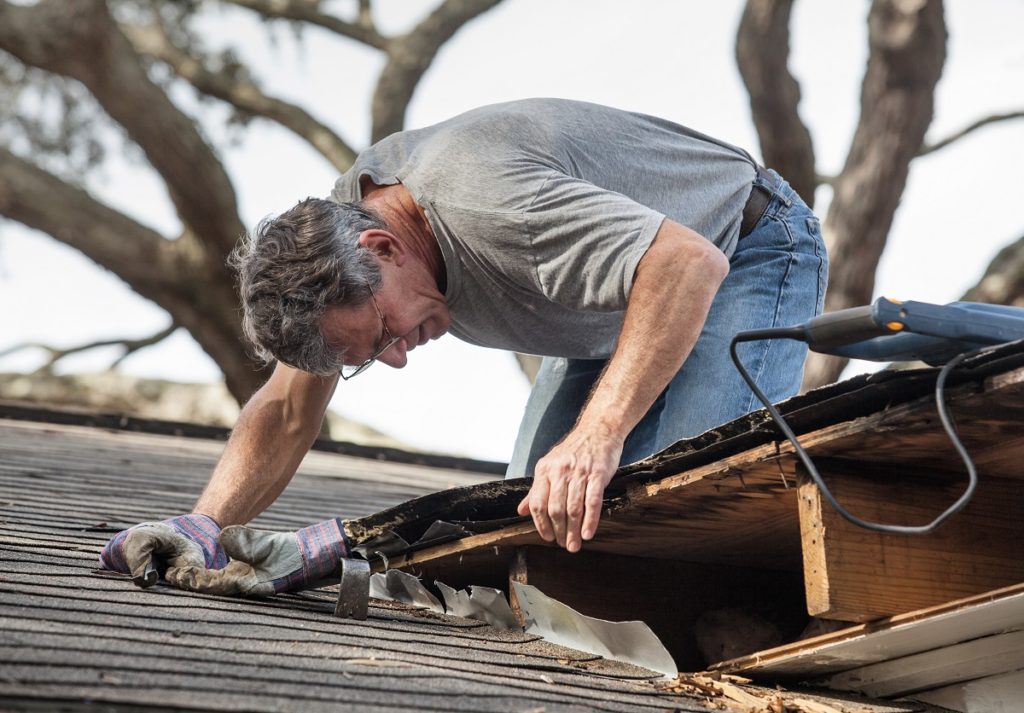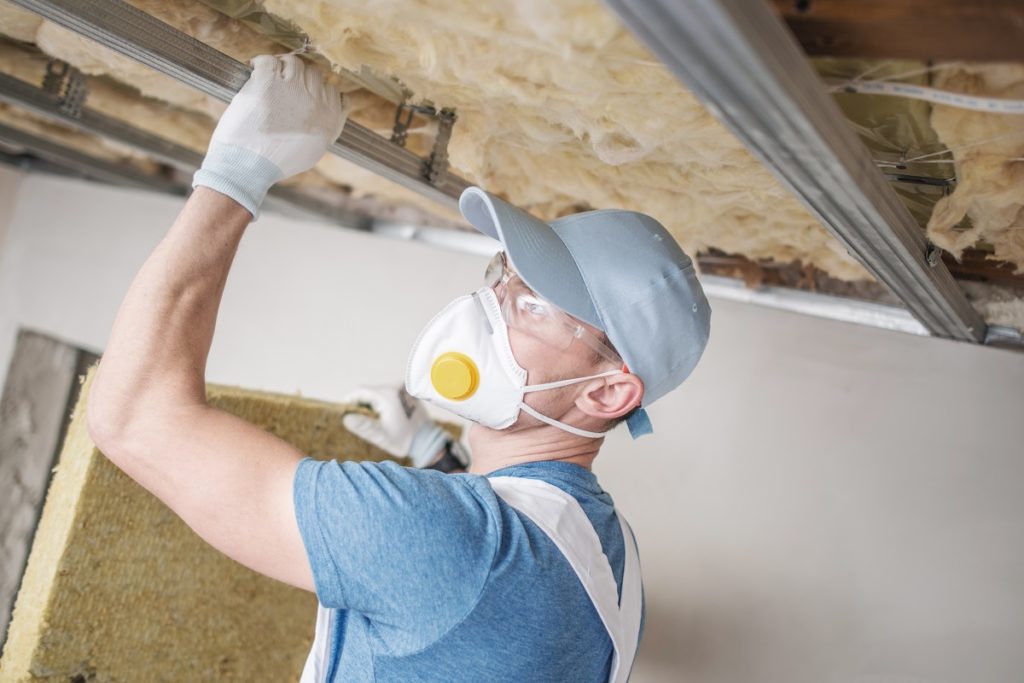Water damage is no joking matter. Around 40% of roofs are usually damaged because of water intrusions and the numbers rising every year. Since water is one of the most common ways your roof can get damaged, most homeowners will opt for a gable-shaped roof, which efficiently lets water flow downwards. However, most commercial buildings use a flat roof for its practical advantages, such as being able to place HVAC equipment on the roof.
Hundreds of years ago, flat roofs were more common in areas in the Middle East and just about any dry place. That is in part that it’s susceptible to the effects of rain, but most homes in arid regions could get away with a flat roof design for more space. In most cases, if a flat roof doesn’t have a proper drainage system, water can get trapped and cause damages.
In modern times, flat roofs have become more common as it’s used in almost any commercial building. Most modern architectural designs will use flat roofs since it optimizes more space for development. However, for countries such as the United Kingdom were rain is prevalent, flat roofs can become an issue if not installed correctly.
Why Do Owners Choose Flat Roofs?
Most residential owners opt to use a more familiar traditional triangular-shaped roof since it’s the best type of roof to be used against heavy rain, wind, and even hailstorms. However, some homeowners also choose flat roofs since it can leave more space for air conditioning units, heaters, and ventilation.
In reality, flat roofs are not necessarily flat, but they do have a slight tilt or a ‘pitch’ which will help flow water into one direction of the roof. Once the water funnels towards that direction, it will pass through the drainage system for disposal.
As opposed to gable-shaped roofs, it’s imperative to install an efficient drainage and gutter system to funnel water properly.
Long-Term Effect of Water Damage
If water damage is overlooked, it can have drastic effects on the overall health of your roof, and subsequently, to your home’s foundations as well. Water that’s trapped on your roof can seep towards your roofing materials and into the interiors. No matter how foolproof your roof’s design is, water damage and leaks can still happen after a few years to decades have passed. Since the damages from water are more subtle, it’s harder to spot than ones caused by physical impacts.
Condensation on the Ceiling
One way of telling that your roof has been compromised is that moisture is seeping through your roof and ‘sweating’ droplets of water. That is usually a sign that water is not flowing efficiently towards the usual gutter systems.
Trapped Water In The Ceiling
A more extreme version of condensation is water being trapped into “bubbles” on your ceiling. Usually, these pockets of water are trapped in the paint layer. To remove these bulges, you can poke holes in these areas right before sealing them. Too much water on your roof can accumulate as added weight. While most roofs can withstand at least 1 ton of weight (depends on the area), trapped water can sometimes go above one ton and can be one of the reasons for roof collapse.
Stains from Mildews
Usually, you’ll see bulging and ‘sweating’ as more common signs that the formation of mildews. But mildews can easily form in the long term if ponding is not addressed as soon as possible. Your roof – especially your attic – is an enclosed space and is a prime place for fungi to grow in.
Preventive Measures and Repairs

Fortunately, there is a multitude of ways to address ponding in flat roofs.
Look for Dips
Uneven and sagging roofs are also one of the main reasons why water can pond on your roof. If ever do see some dents, sagging, and missing shingles on your roof, it’s always an appropriate time to look for roof repair services, such as those in appleexteriors.com. Professional roofing services have the right equipment and materials to patch up your roof for you.
Unclogging Gutters
Even if you do have efficient gutter pipes, they can still get clogged up from the debris. As such, clearing up your gutter ways will help with the drainage process. It’s also worth noting that you should cut down thick foliage near the gutters.
Flat roofs might have a distinct advantage over your traditional type of roofs, but they are also susceptible to standing water being trapped in it. With these signs and tips, you can minimize the amount of damage that water can inflict on your roof. We understand that you want to maximize the safety of your home, and the best way of doing that is to have a secure and dry roof over your head.


